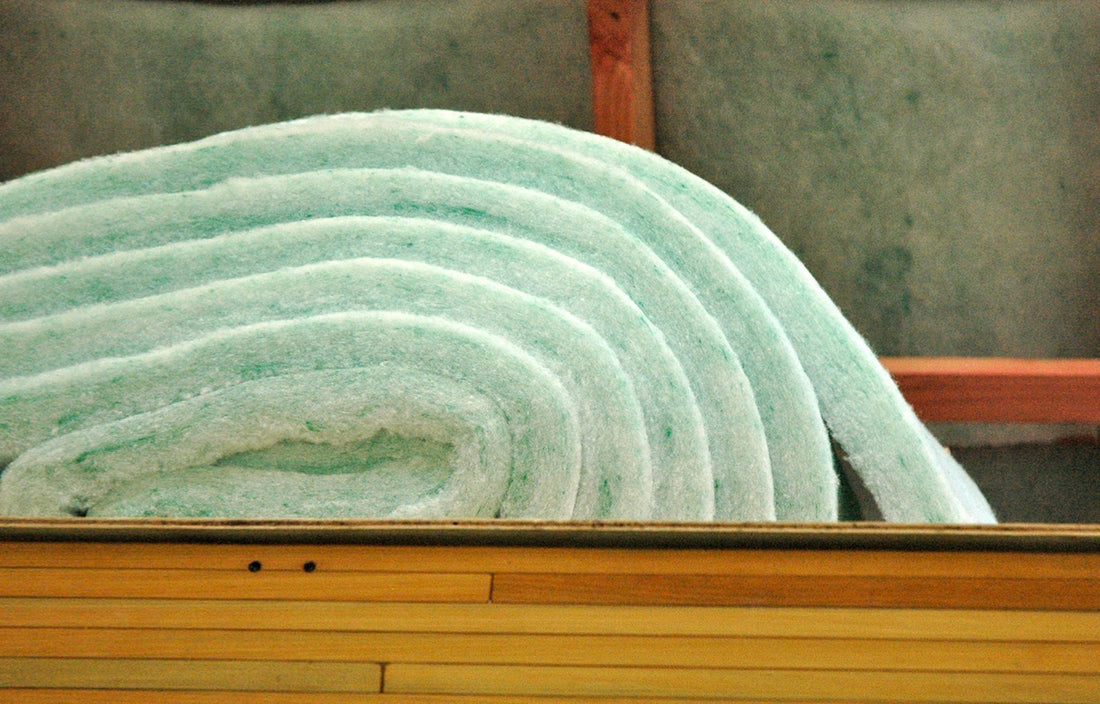They selected products that are healthy to live with as well as manufactured with minimal environmental impact. That included one of the important materials for heat regulation and energy efficiency–insulation. Jo and Shay chose GreenStuf® insulation because:
- It’s made from 100% polyester fibre, bonded using heat instead of traditional chemical binders. This makes it non-toxic, non-irritating, and non-allergenic, which is better both during installation and after they move in.
- It is extremely durable and comes with a 50 year product durability warranty.
- It is endorsed by Asthma New Zealand.
- It is made from a minimum of 45% recycled plastic bottles and is fully recyclable, meaning no waste.
- Because it’s polyester, it doesn’t need treatment during manufacturing to keep moisture out.
- There are no issues with wiring around it, compared with polystyrene insulation.



